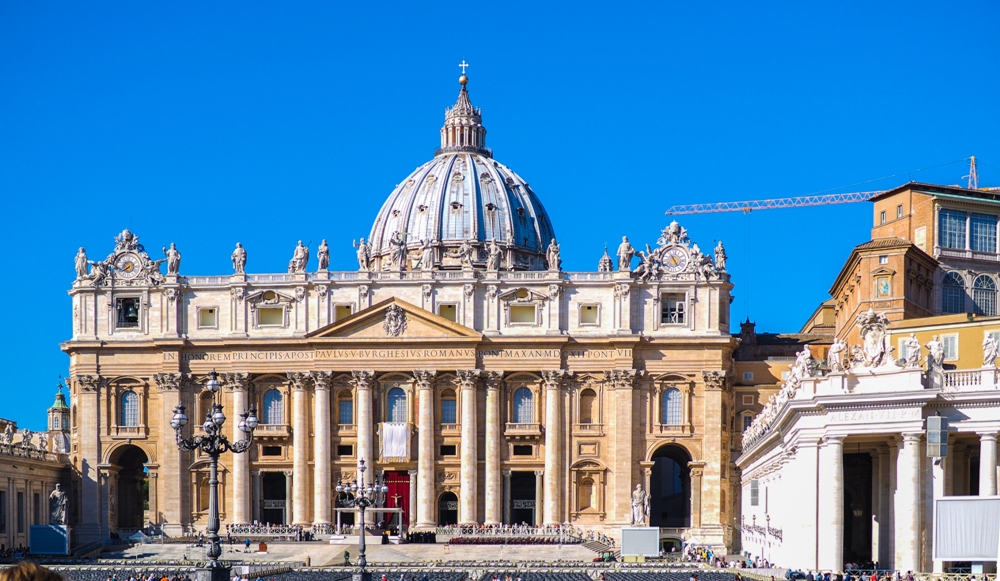 The museums at the Vatican are meant for all to enjoy. No one is ever turned away.
The museums at the Vatican are meant for all to enjoy. No one is ever turned away.
The testimony belonging to the various historically important discoveries within their walls illustrate humanity’s spiritual aspirations – the unending search for fulfillment that only God can provide. Noted many times in the Bible, the poorest of humans are the ones in the greatest need for spiritual composure, the ones privileged to receive the mercy of the divine Creator. The Vatican believes that because the poor are the very heart of the gospels, it only makes sense that, regardless of a person’s ability to pay, that he or she should not have the right to view such history taken from them.
Within the walls of these museums you’ll find some of the most important archaeological and anthropological discoveries, but you’ll also marvel at the significance of the artistry of the rooms themselves. While what is housed in them is surely deserving of praise, the special rooms within the Vatican’s museums deserve to be honored, as well. Two of the most extraordinary rooms are Niccoline’s Chapel and Borgia’s Apartment.
Pope Nicholas V was a great humanist during his time. During his first year as a pope, he asked Fra Angelico for special frescoes to place within his apartment and his chapel, so many that they could be changed out whenever Nicholas so chose. Angelico was renowned as an artist, aside from his being a committed friar, so he took up this challenge and painted some of the most beautiful scenes in the lives of the saints that have ever been created. He drew his inspiration from the Book of Acts. These now decorate Niccoline’s Chapel and illustrate the relationship between religion and human thought during the 1400s. Angelico’s works were masterfully restored during the mid- to late 1990s.
The pope who succeeded Nicholas, Alexander VI, decided that his residence would be within the private wing of the Palace. Much like his predecessor, Alexander enjoyed art tremendously and desired his portion of the palace to be adorned with frescoes by di Betto, who was also known as Pinturicchio. Upon Alexander’s passing, this portion of the palace was sealed to the public. It was not until the late 1800s that it was finally opened to the public.
Connect with Us!